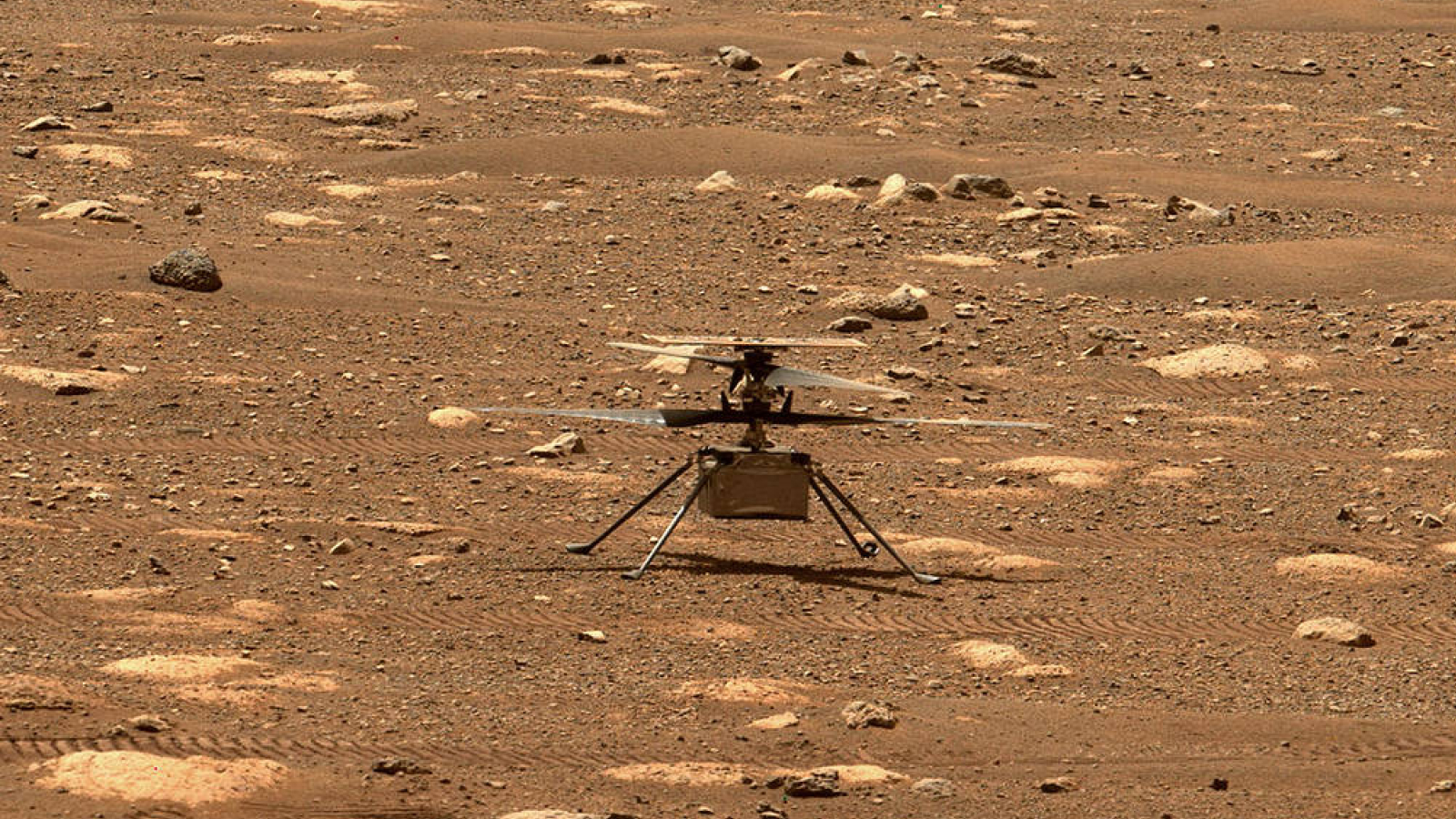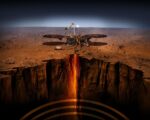NASA’s Jet Propulsion Laboratory (JPL) in Southern California, in collaboration with AeroVironment, is currently investigating the events surrounding the final flight of the Ingenuity Mars Helicopter. On January 18, 2024, the rotorcraft, which had far exceeded its original mission parameters, experienced a critical failure during its 72nd flight. Originally designed as a technology demonstration to prove that aerial flight on Mars was possible, Ingenuity accomplished an extraordinary feat by completing 72 flights over nearly three years. The ongoing investigation aims to uncover the cause of the mishap and provide insights that could shape the design and operation of future extraterrestrial aircraft.
Ingenuity’s 72nd flight was intended as a routine operation to assess system performance and capture imagery of the Martian surface. The flight plan included a straightforward ascent to an altitude of 40 feet. Preliminary data shows that the helicopter reached its target altitude without incident but lost communication shortly after landing. Subsequent imagery, transmitted after a delay, confirmed that the rotor blades had sustained significant damage, effectively marking the end of Ingenuity’s operational career.
The leading theory regarding the incident points to a failure in the navigation system, caused by the challenging terrain of Jezero Crater. The helicopter’s navigation relies on tracking surface textures to estimate movement and position. However, experts believe that the featureless sand ripple terrain in the area provided insufficient visual cues, leading the system to generate incorrect position estimates. Håvard Grip, Ingenuity’s first pilot, explained that these errors likely resulted in excessive horizontal speed during touchdown, causing severe mechanical stress on the rotorcraft’s components.
Despite the unfortunate end, Ingenuity’s achievements have been groundbreaking, offering valuable lessons for the future of Mars exploration. The technical report from the investigation, expected to be released later this year, will provide detailed findings and recommendations for addressing navigation challenges in similar environments. These insights are anticipated to influence the development of more advanced aerial systems for future missions, including potential scouting vehicles and delivery drones for planetary exploration.













